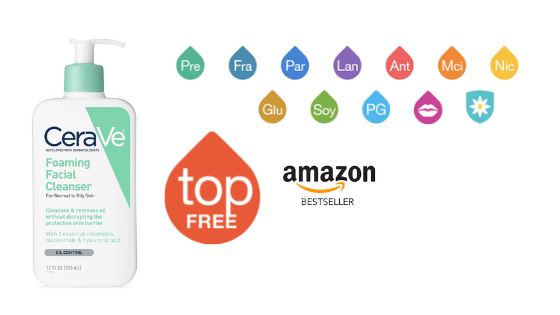 Photo: Getty Images
Photo: Getty Images
Nail pitting can be caused by different illnesses but the most common cause is from psoriasis. Nails may develop deep or shallow holes and become thickened or deformed in shape. Sometimes there is discoloration of the nail and it may appear yellow/brown or the nail may separate from the nail bed, which is called onycholysis.
One classic sign of nail psoriasis is called an oil drop or salmon patch nail where there is a yellow/red discoloration under the nail that resembles an oil drop. Treatment of psoriasis of the nail can be challenging since it takes so many months for the nail to grow out but there are therapies to try.
Facts about psoriasis:
Of the seven million people in the U.S. with psoriasis, 10 to 50 percent of people have their finger or toenails affected. About 10 to 20 percent of people who do have nail involvement go on to develop arthritic psoriasis, which can affect the joints at the ends of the fingers called distal interphalangeal (DIP) joints. People with psoriatic arthritis typically have further nail changes that may include: beau’s lines which are transverse lines, leukonychia which are white patches, or splinter hemorrhages due to breakage of capillaries under the nail.
The cause of psoriasis is unknown though it is thought that family history, immune system changes, environmental influences and vascular system factors contribute.
Treatments for psoriasis of the nails:
According to about.com, Tazarotene is the most successful treatment for nail psoriasis. Tazarotene is a vitamin A derivative that is applied as a cream or a gel. The medication is applied once a day and it may take two to 12 weeks before improvement may be noticed. Tazarotene can be combined with other topical treatments and phototherapy.
If Tararotene is unsuccessful in treating the nail psoriasis, then intralesional steroids, which are injected directly into the root of the nail, may help. It may take three months of once a month injections for healthy nails to grow.
PUVA treatments have been successful in treating nail psoriasis and show improvement in three to six months. With PUVA, the person is given Psoralen, a photosensitizing medication, either orally or topically and then they are exposed to controlled doses of UVA light.
Oral systemic treatments are only considered as a last resort due to side effects.
For cosmetic reasons, nails may be scraped and filed or covered with nail polish or artificial nails. Sometimes affected nails are removed surgically. Additionally, about one third of people with nail psoriasis have fungal nail infections, which must also be treated to ultimately improve the appearance of the nails.
Treatment of psoriasis affected nails takes patience along with extra care to keep nails dry, moisturized and special attention must be paid to avoid additional nail damage.
sources:
http://psoriasis.about.com/od/psoriasisfaqs/f/nails.htm
www.psoriasis.org/netcommunity/sublearn03_loc_hands
www.internationaleczema-psoriasisfoundation.org/nail_psoriasis.php4
http://emedicine.medscape.com/article/1107949-overview
http://dermnetnz.org/scaly/nail-psoriasis.html
Michele is an R.N. freelance writer with a special interest in woman’s healthcare and quality of care issues. Other articles by Michele are at www.helium.com/users/487540/show_articles





Add a Comment1 Comments
Vitamin A, or retinal, can have an effect on nail pitting via its effect on psoriasis. Vitamin A proves essential for healthy skin, because retinal in your bloodstream promotes proper skin-cell development. http://www.whatisall.com/health/what-is-nail-pitting.html
December 17, 2011 - 3:10amThis Comment